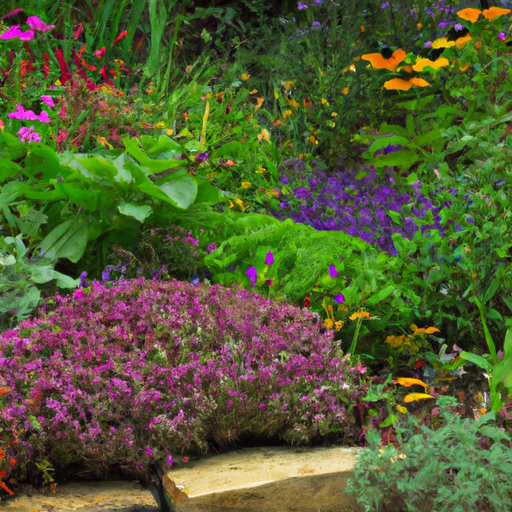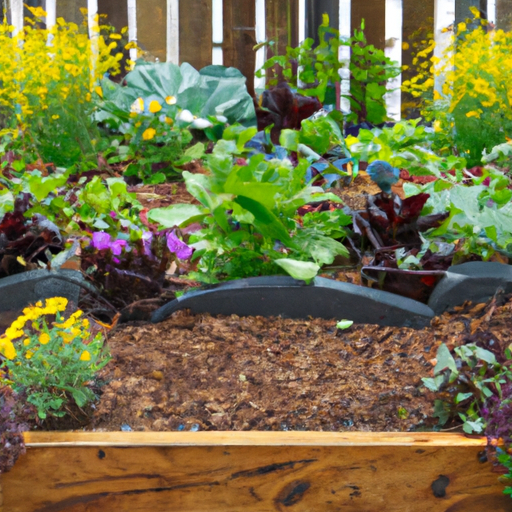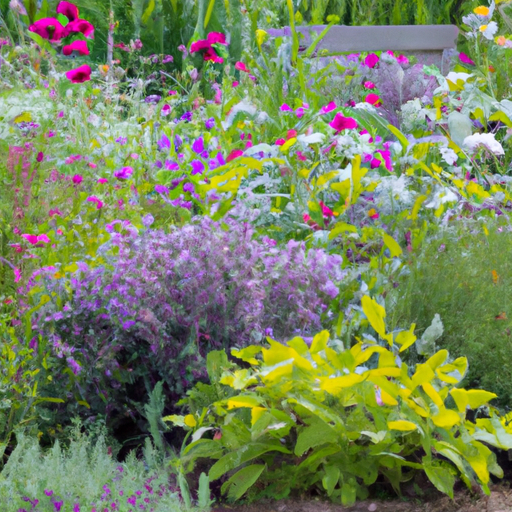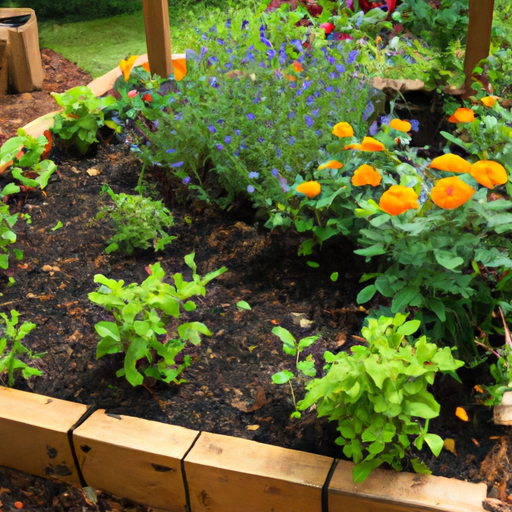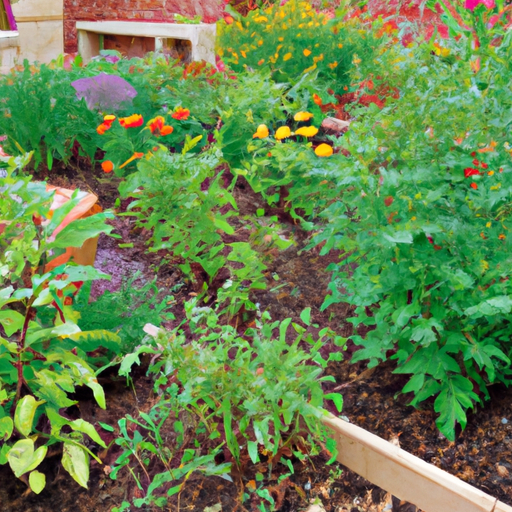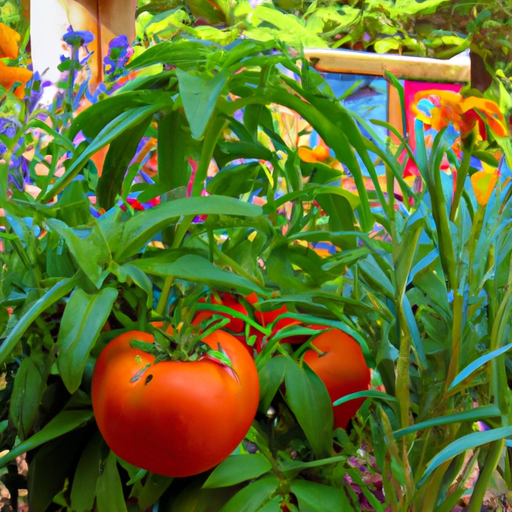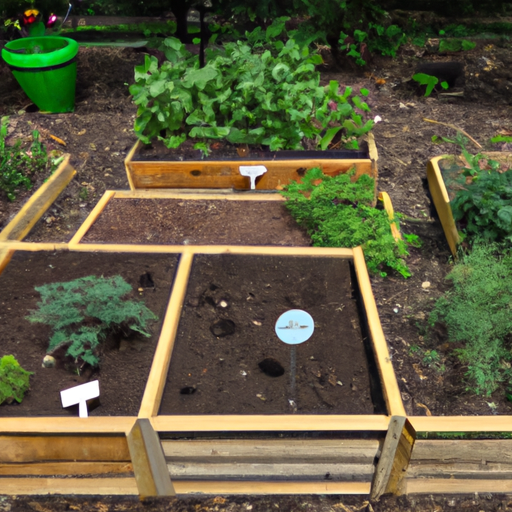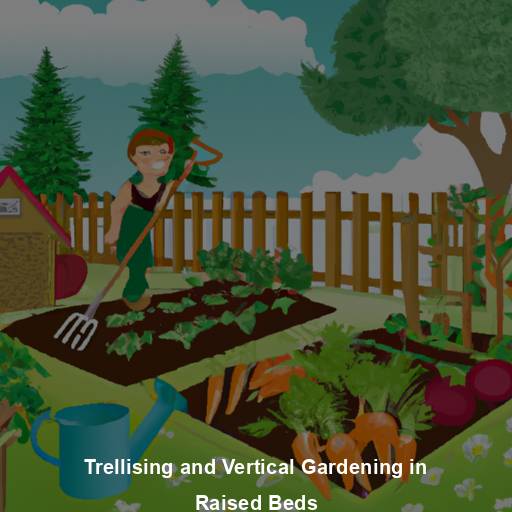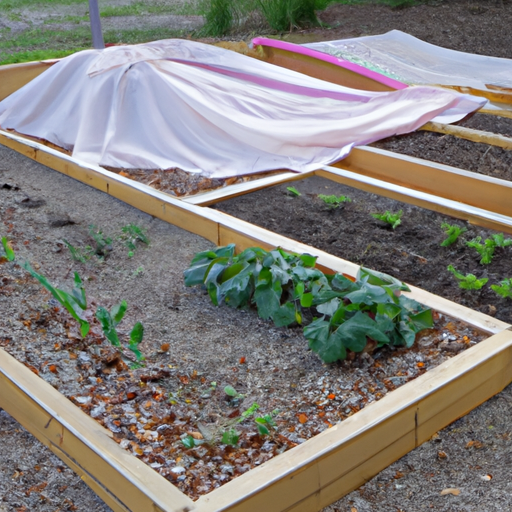How to Mix Herbs and Flowers in Companion Planting
Companion planting with herbs and flowers is a natural way to protect your garden from pests and diseases while adding beauty and biodiversity. It improves soil health and attracts beneficial insects. By understanding the interactions between different plants, choosing the right combinations, and providing proper care, you can create a thriving companion garden. Mixing annuals and perennials is possible, and companion planting can help with pest control. It’s important to leave enough space between plants and companion planting can also be used in container gardening. Overall, companion planting offers numerous benefits and can enhance your garden’s health and productivity.
